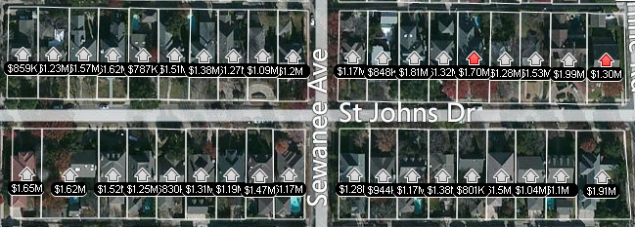
In looking through a 1975 issue from the archives of D Magazine for unrelated reasons, I happened across a story (which appears to be incomplete online) featuring a number of couples who had moved into East Dallas and discussed why they were choosing to invest in the neighborhood. Among them:
Don and Judy Templin had wanted to buy a house in Highland Park. The have lived there for a year in a rented place, but had begun to outgrow it.
They found a large one-story on St. John’s that they thought might fit their buying capability — around $40,000.
“As it turned out, we looked at it and liked what we found, but it cost too much,” says Templin, a young attorney. “I think it sold from $60,000 to $70,000.”
And then they witnessed what might have been the dawn of the teardown age:
When the house was purchased by someone else, the Templins watched in awe as the new owners proceeded to rip off the roof, gut the interior, and build an entire second story. “They have must have spent close to $100,000 — after they bought it,” says Templin.
According to the federal government’s inflation calculator, the spending power of $70,000 in 1975 was equivalent to $303,103.90 in 2013. Can you even imagine once being able to move into the Park Cities for $300K?





